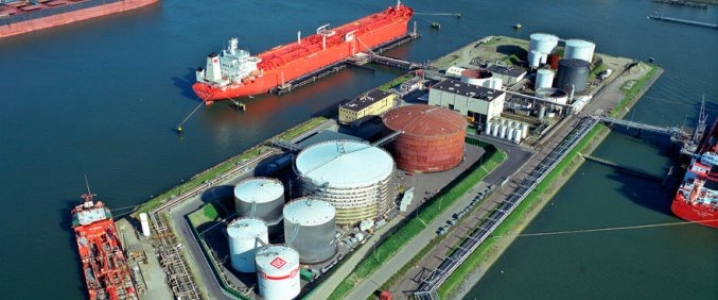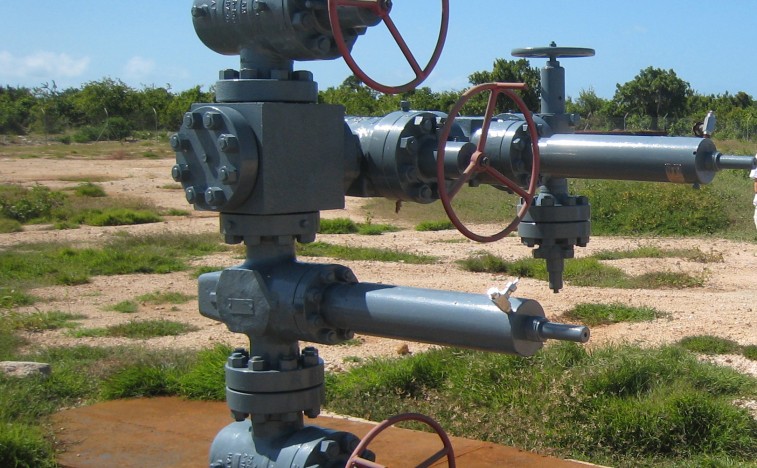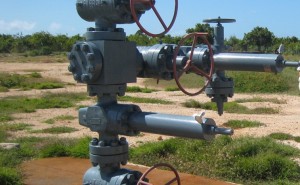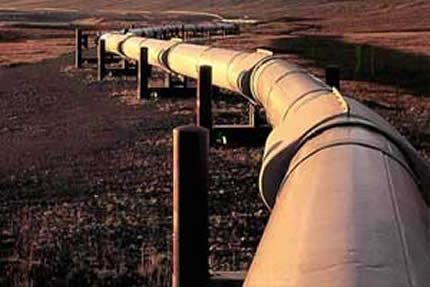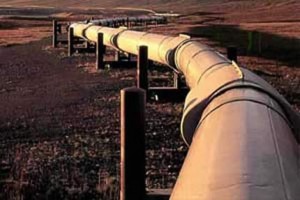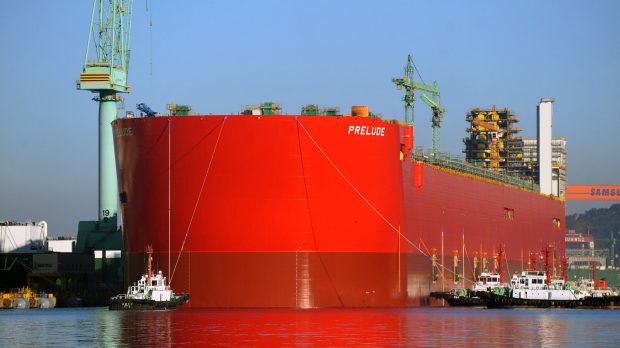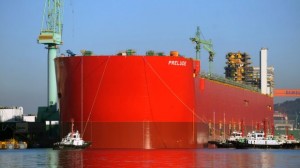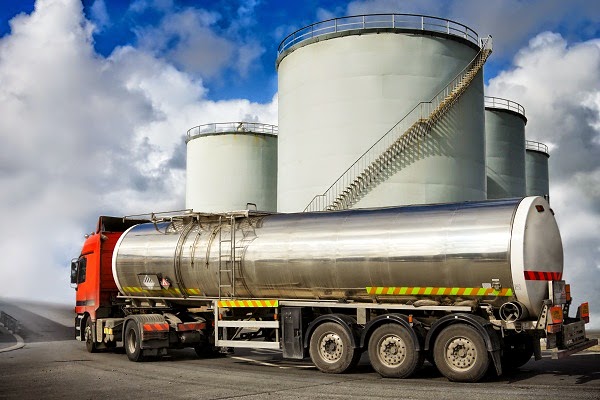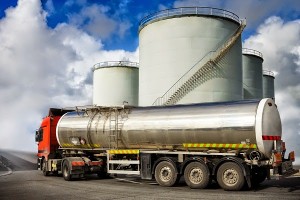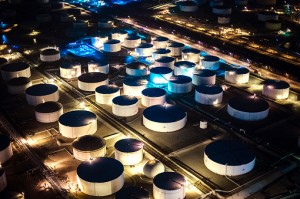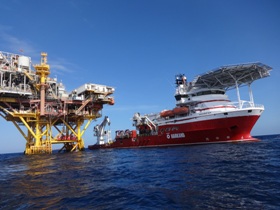
Feb 25 Tanzania has discovered an additional 2.17 trillion cubic feet (tcf) of possible natural gas deposits, raising the east African nation’s total estimated recoverable natural gas reserves to more than 57 tcf.
The onshore reserves were found at a field licensed to the United Arab Emirates’ Dodsal Group located at Ruvu basin in Coast region, near the country’s commercial capital..
“We have learnt that there are huge potentials of hydrocarbons in Tanzania. We expect to have more gas discoveries in the near future,” CEO of Dodsal Hydrocarbons and Power (Tanzania) Ltd, as saying.
East Africa is a new hotspot in hydrocarbon exploration after substantial deposits of oil were found in Uganda and major gas reserves discovered in Tanzania and Mozambique.
Dodsal Chief Executive Officer (CEO) Mr P.K Surendran made the announcement during a meeting bringing together investors in the gas and oil industry, which was convened by the Minister for Energy and Minerals, Professor Sospeter Muhongo.
Prof Muhongo confirmed the discovery, which he said was made in July last year, but was quick to add that the government delayed to make the announcement due to new requirements of the Petroleum Act 2015.
“The new legislation requires that before the responsible minister makes the pronouncement of a new finding he/she should be guided by the Petroleum Upstream Regulatory Authority (PURA).
“My ministry has been in contact with the Attorney General’s Chambers since then and the good thing is that PURA started operations yesterday (Tuesday).
We, therefore, hope that the official announcement will be made in a few days to come,” Prof Muhongo explained. The Petroleum Act 2015 repealed The Petroleum (Exploration and Productions) Act, 1980 and The Petroleum Act, 2008.
Apart from the new finding, gas reserves have as well been discovered in Songo Songo Island in Lindi Region, Mnazi Bay in Mtwara and Mkuranga in Coast Region.
Mr Surendran said the company signed a Petroleum Sharing Agreement (PSA) with the Tanzania Petroleum Development Corporation (TPDC) in 2007 after which it started a seismic study of the licensed block. Dodsal Hydrocarbons and Power Tanzania Limited is a subsidiary of Dodsal Resources based in Dubai.
So far, the firm has drilled three wells at Mbuyu, Mtini and Mambokofi in the exploration area in Coast Region. “Exploration is still ongoing and we are optimistic of striking more natural gas reserves in the Ruvu Block.
We used local talents and resources in the search and the success is beyond our expectations,” he later told ‘Daily News’ on the sidelines of the meeting.
He was more positive of reliable market for the hydrocarbons given the fact that Ruvu is just 17 kilometres away from Dar es Salaam city, which is the major market of the resource for electricity generation, industrial production and domestic use.
The Chairman of Dodsal Group, Dr Rajen Kilachand, said the company is currently planning appraisal and development activities to bring the gas to the market for the benefit of the people.
“At this moment of success, I wish to sincerely thank the Ministry of Energy and Minerals and TPDC as well as other stakeholders for the cooperation and support rendered to us,” Dr Kilachand said in a statement read by the CEO.
Earlier, Prof Muhongo directed companies engaged in the oil and gas industry to present to the ministry with practical work plans on how they will play a part in boosting power generation to meet the target of 10,000MW by 2025.
READ: Tanzania-to-rake-in-capital-gains-from-55b-buyout-of-bg-group-by-rival-shell
“The gas economy should make us graduate to middle-income economy by 2025 as stipulated in Tanzania Development Vision 2025. This will be possible when we have adequate and reliable electricity in the economy,” the minister stressed.
He thus urged the companies to present the plans to the ministry by June 1 this year, noting that the aim is to enhance power per capital to between 2,000 and 3,000 per annum from the current 180 units.
Prof Muhongo noted on the other hand discussions with a consortium planning to set up the 60 billion US dollars were well underway
Most of the gas discoveries in Tanzania were made in deep-sea offshore blocks south of the country near the site of a planned liquefied natural gas (LNG) plant.
BG Group, acquired by Royal Dutch Shell, along with Statoil, Exxon Mobil and Ophir Energy plan to build the onshore LNG export terminal in the southern Tanzanian town of Lindi in partnership with state-run Tanzania Petroleum Development Corp (TPDC).

